
NPS/RG Johnsson The vegetation communities of Yellowstone National Park include overlapping combinations of species typical of the Rocky Mountains as well as of the Great Plains to the east and the Intermountain region to the west. The exact vegetation community present in any area of the park reflects the consequences of the underlying geology, ongoing climate change, substrates and soils, and disturbances created by fire, floods, landslides, blowdowns, insect infestations, and the arrival of nonnative plants. Today, the roughly 1,491 native taxa in the park represent the 1,404 species that have historically persisted in the area that recolonized after glaciers, lava flows, and other major disturbances.Yellowstone is home to three endemic plant species, at least two of which depend on the unusual habitat created by the park’s thermal features. Most vegetation management in the park is focused on minimizing human-caused impacts on their native plant communities to the extent feasible. Vegetation CommunitiesThere are several vegetation communities in Yellowstone: higher- and lower-elevation forests and the understory vegetation associated with them, sagebrush-steppe, wetlands, and hydrothermal. 
NPS/Yellowstone Spatial Analysis Center Source: NPS DataStore Collection 7854. To search for additional information, visit the NPS DataStore. 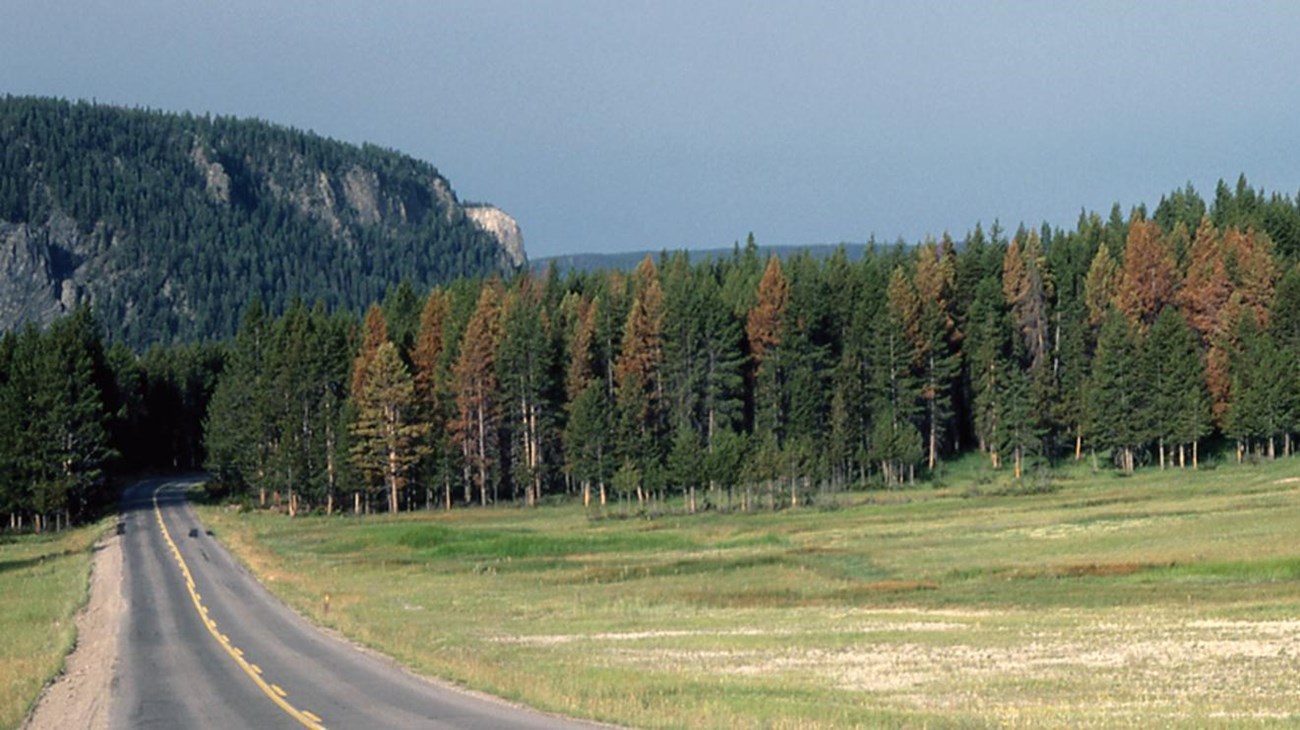
Forests
Forests cover about 80% of Yellowstone National Park. 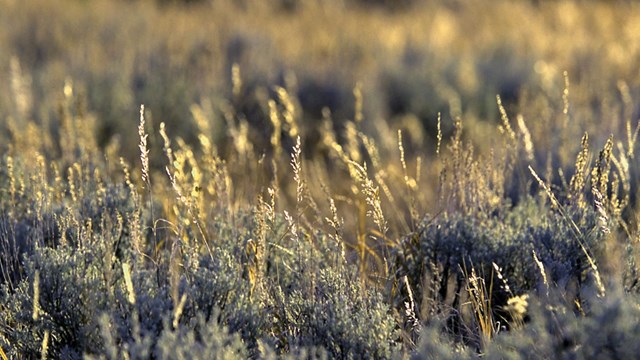
Sagebrush-steppe
This shrubby community is found in the northern range of Yellowstone National Park. 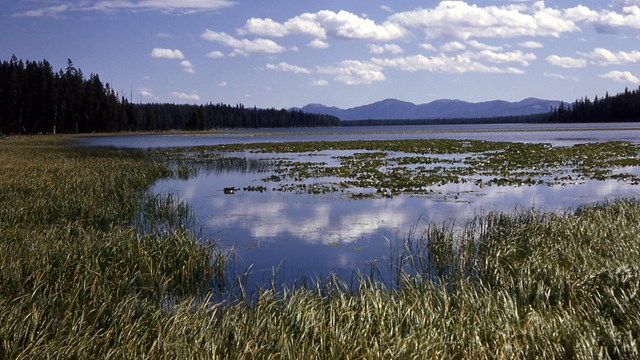
Wetlands
Yellowstone’s wetlands include lakes, rivers, ponds, streams, seeps, marshes, fens, wet meadows, forested wetlands, and hydrothermal pools. 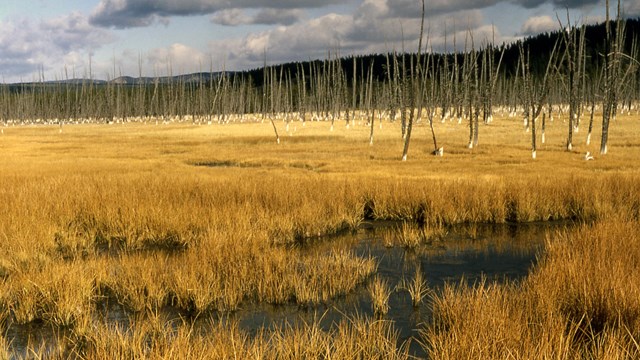
Hydrothermal Plant Communities
Fascinating and unique plant communities have developed in the expanses of thermally heated ground. 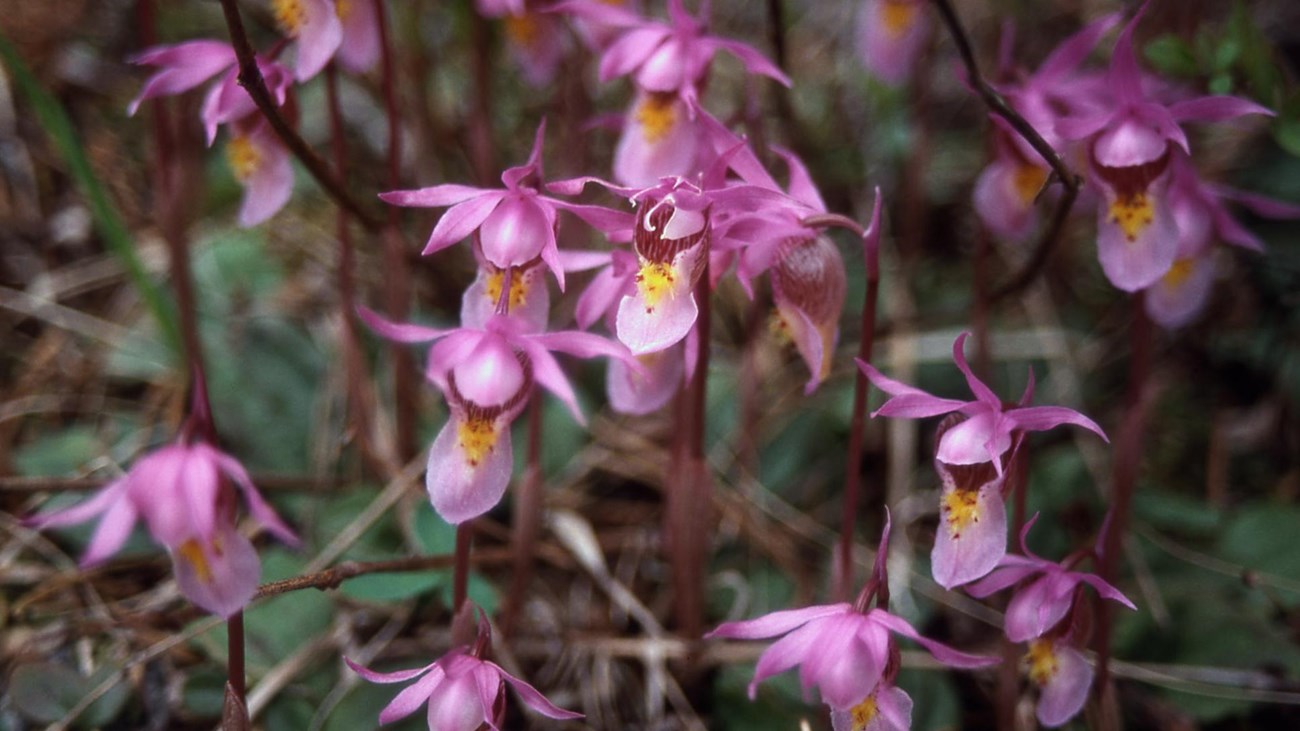
Wildflowers
Wildflowers can grow under the forest canopy, but the most conspicuous displays occur in open meadows and sagebrush-steppe. Rare PlantsThe Greater Yellowstone region has few endemic plant species, or species that occur only in Yellowstone and nowhere else in the world. Endemic species occur in unusual or specialized habitats such as hydrothermal areas. Within Yellowstone, only three endemic species occur: Ross’s bentgrass (Agrostis rossiae), Yellowstone sand verbena (Abronia ammophila), and Yellowstone sulfur wild buckwheat (Eriogonum umbellatum var. cladophorum). Several other unusual species live in the Greater Yellowstone Area: warm springs spike rush, which grows in warm water; and Tweedy’s rush, sometimes the only vascular plant growing in acidic hydrothermal areas. 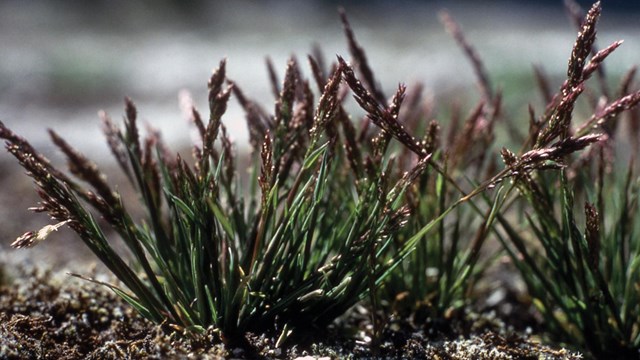
Ross's Bentgrass
Ross’s bentgrass grows only in the geyser basins in the Firehole River drainage and at Shoshone Geyser Basin. 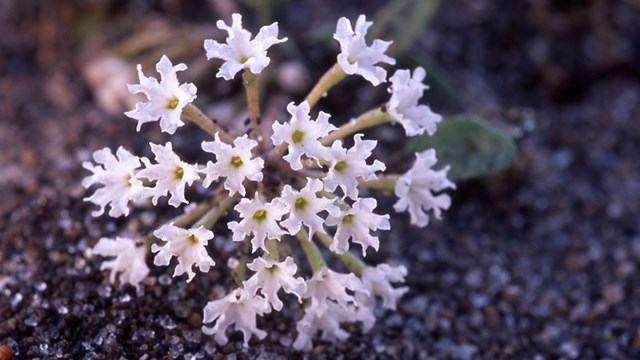
Yellowstone Sand Verbena
Yellowstone sand verbena occurs along the shore of Yellowstone Lake. 
Yellowstone Sulphur Flower
Yellowstone sulphur flower is only found in the Firehole River drainage. Source: NPS DataStore Collection 7863. To search for additional information, visit the NPS DataStore. 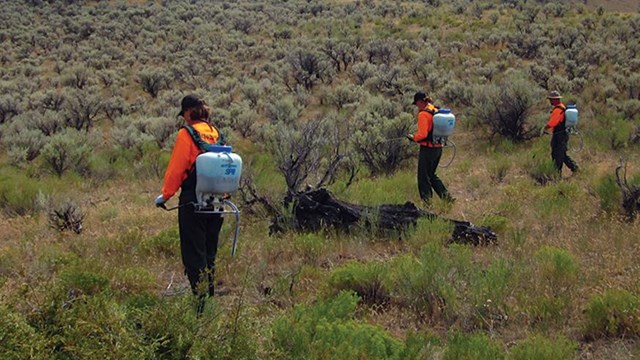
Invasive Plants
Invasive plants can displace native plant species, change vegetation communities, affect fire frequency, impact wildlife. 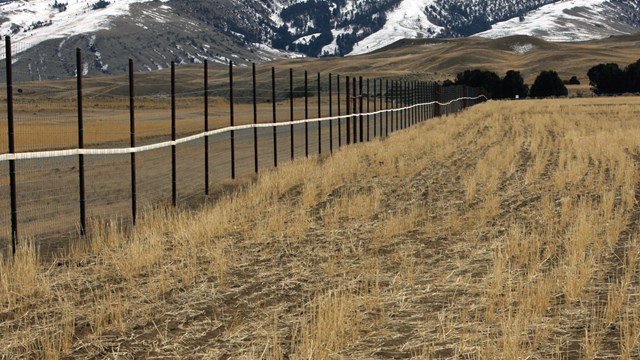
Restoring Native Plants
Park managers are restoring native vegetation to this area, following recommendations of arid land restoration specialists. 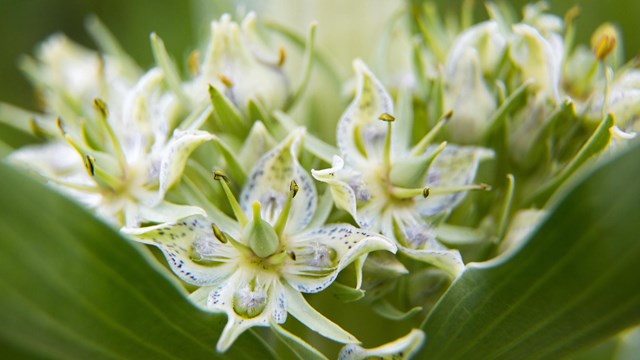
Herbarium
The herbarium specimens document the presence of plants in the park over time and the history of plant collecting in the park. 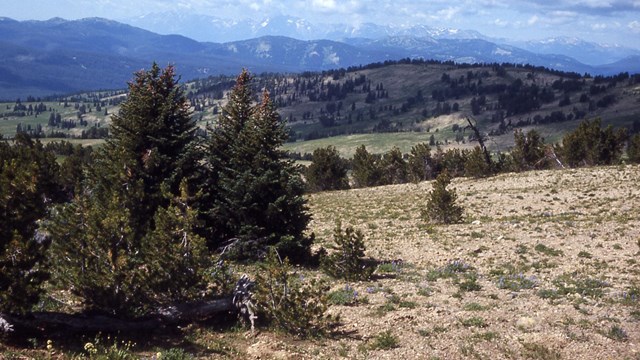
Vegetation & Resources Management Branch
Park employees inventory, monitor, manage, and research the vast array of plant communities in the park. 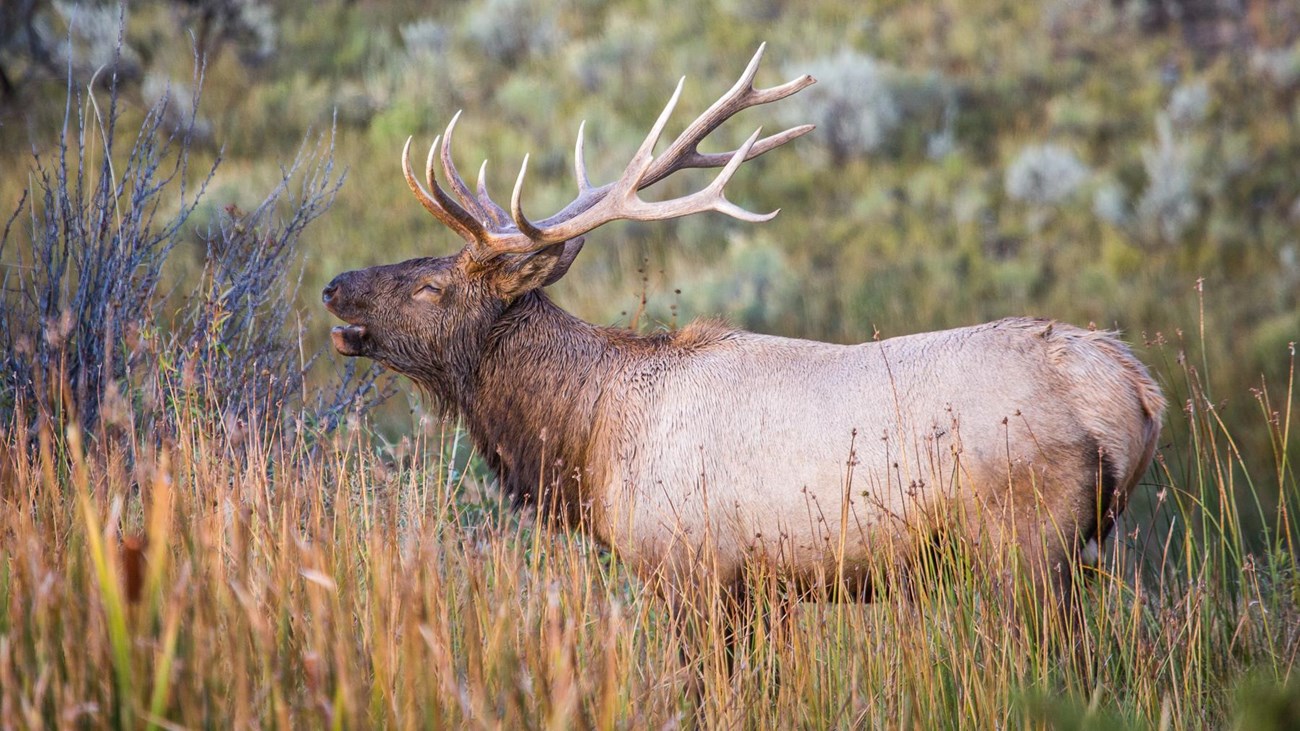
Nature
Discover the natural wonder of Yellowstone and our role in the conservation of wildlife. |
Last updated: April 18, 2025
